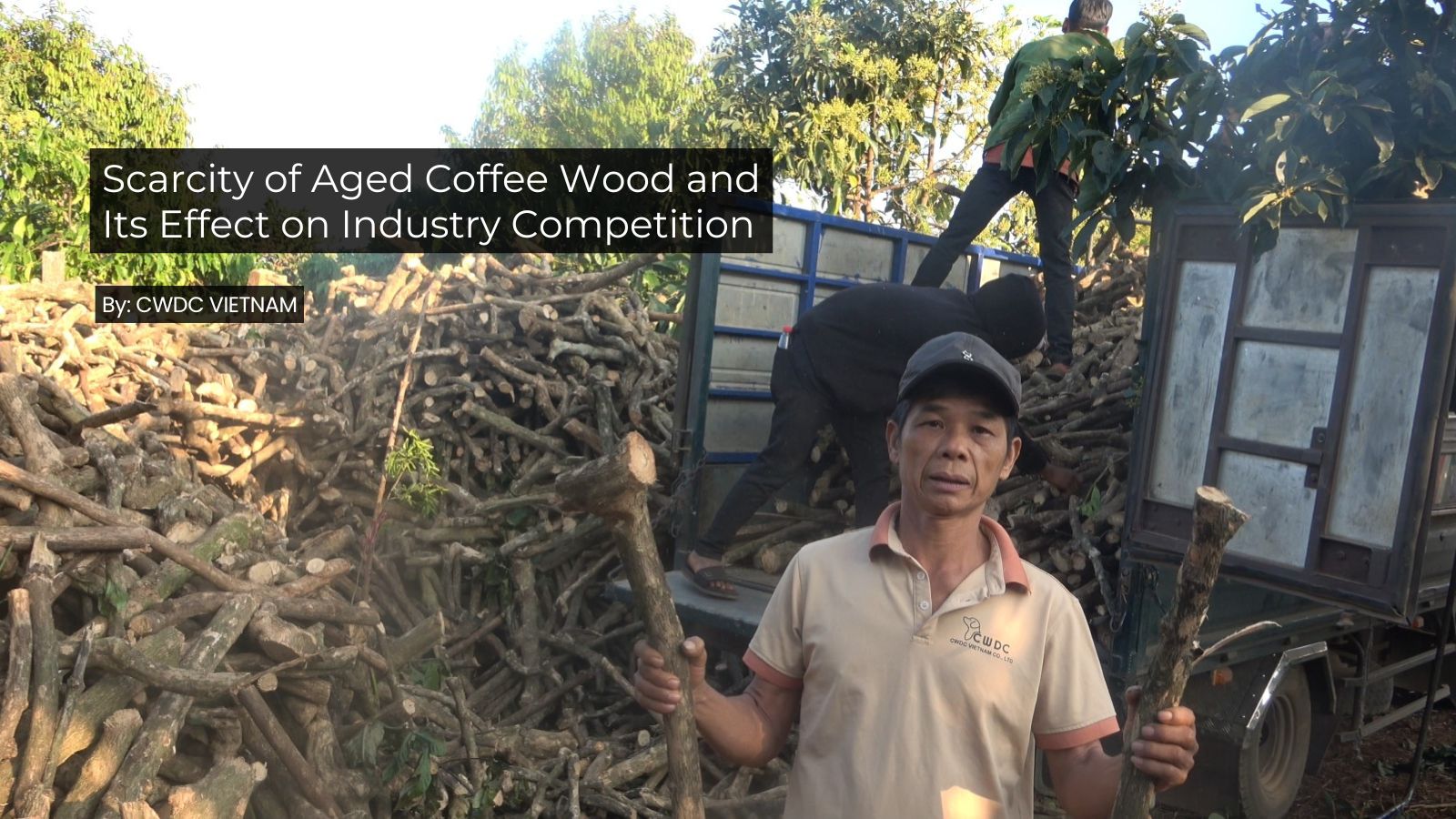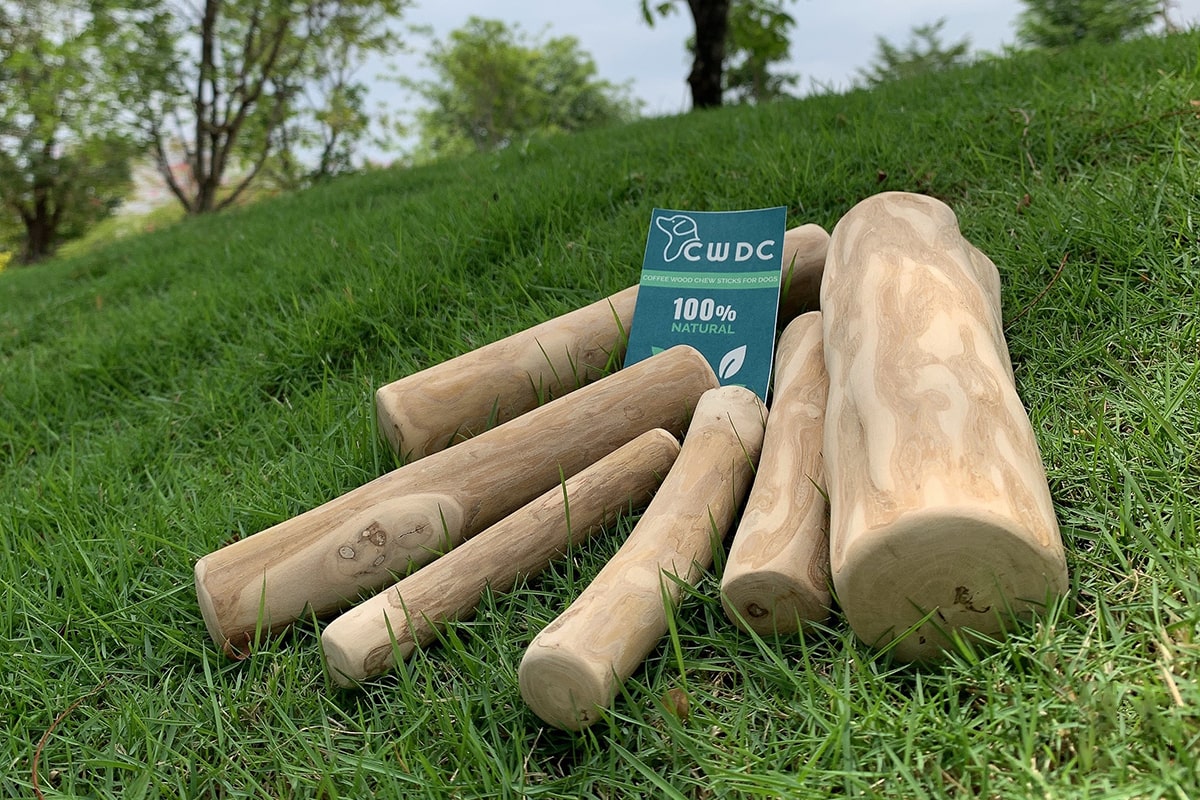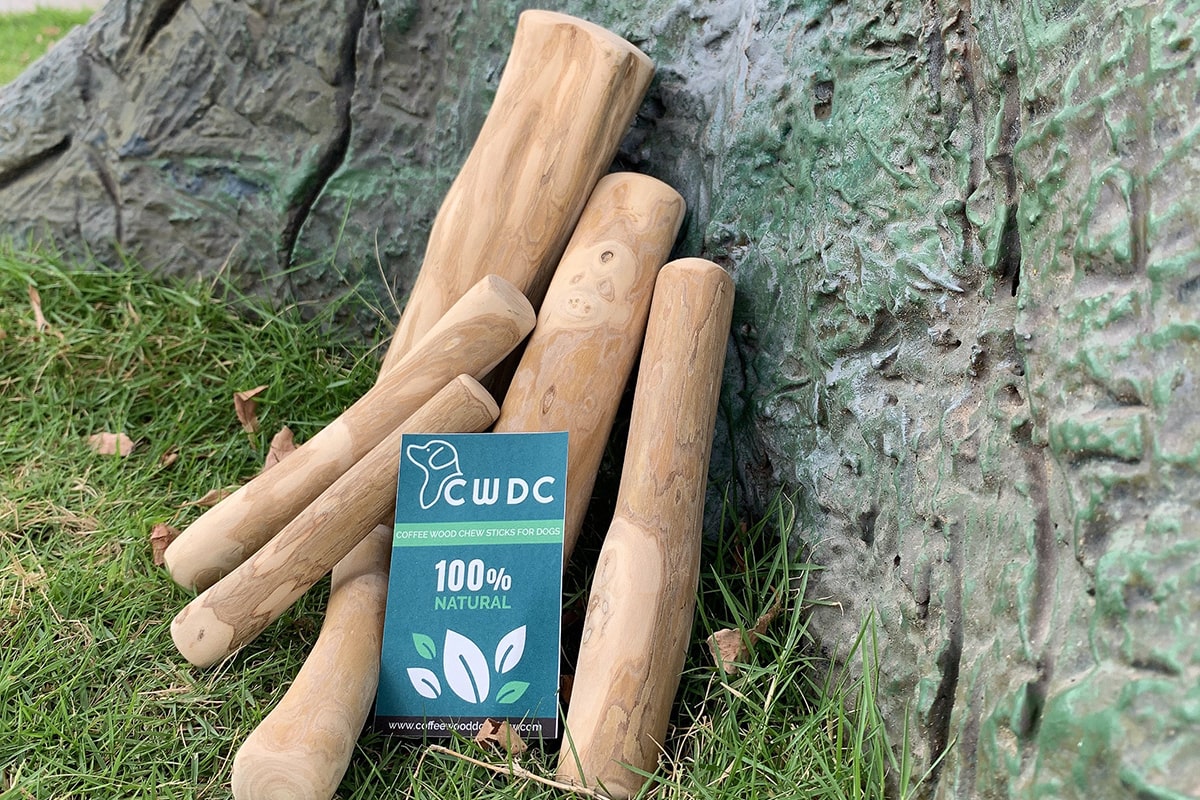In the growing global market for natural dog chews, aged coffee wood has emerged as a prized material, valued for its durability, safety, sustainability, and appeal to eco-conscious pet owners. However, this increasing demand has exposed a major challenge: the inherent scarcity of aged coffee wood.
Unlike farmed timber, coffee wood cannot be harvested on demand. It is only available when mature coffee trees reach the end of their productive life, typically after 20 to 25 years. This limited, irregular harvesting cycle introduces volatility into the supply chain and has profound implications for the competitiveness and sustainability of companies operating in the coffee wood dog chew sector.
1. Seasonal and Structural Constraints on Supply
Aged coffee wood becomes available only during specific months, mainly from October to next March, when farmers uproot old, unproductive coffee trees in preparation for replanting. Outside this short harvesting window, fresh supply becomes extremely limited.
Compounding the issue, farmers do not always replant at the same rate, and some coffee-growing regions are transitioning to other crops, further reducing long-term availability. These structural constraints mean that companies without pre-established sourcing networks struggle to secure sufficient quantities.
2. Rising Demand from Global Pet Markets
As awareness of coffee wood chews grows in Europe, North America, and other regions, so too does demand. The chews are seen as safer alternatives to plastic or rawhide, especially for large dogs and heavy chewers.
This surging demand has created intense competition among exporters, private-label brands, and newcomers looking to enter the space. Unfortunately, many are unprepared for the inconsistencies in supply volume and quality, leading to stock shortages, unmet orders, or compromised product standards.
3. Effects on Pricing and Raw Material Access
Scarcity has also led to price inflation and speculative behavior. In peak harvesting periods, raw coffee wood prices can spike as buyers compete for limited stock. Some traders hoard materials or buy up large volumes quickly to resell later at higher margins.
This speculative dynamic not only destabilizes the market but also creates barriers for ethical producers who prioritize fair sourcing and long-term contracts with farmers. Smaller or newer players often find themselves priced out or forced to accept inconsistent, lower-grade materials, compromising their ability to compete on quality.
4. CWDC Vietnam’s Strategic Advantage Amid Scarcity
As a long-established producer specializing in aged coffee wood, CWDC Vietnam holds a distinct advantage. Our company has built deep, direct relationships with farmers across the Central Highlands, allowing it to secure raw material during the narrow harvesting season and maintain stockpiles for year-round production.
By removing middlemen and ensuring prompt, fair payment, CWDC Vietnam earns the loyalty of farmers and gains priority access to high-quality wood, even in tight markets. This proactive sourcing model enables CWDC Vietnam to offer stable supply, consistent product quality, and timely deliveries, qualities that global partners value in an increasingly volatile industry.
5. Scarcity as a Barrier to Industry Entry
New entrants to the coffee wood chew market often underestimate how difficult it is to establish a reliable, ethical, and consistent sourcing network. Without experience or established trust in farming communities, they face high material costs, inconsistent supply, or dependence on low-quality resellers. As a result, many fail to meet international buyers’ quality expectations or struggle with long lead times, giving experienced, vertically integrated manufacturers like CWDC Vietnam a clear competitive edge.
6. Pressure on Quality and Brand Reputation
As raw material becomes harder to obtain, some producers may resort to using immature coffee wood, mixed hardwoods, or lower-grade materials, which undermines the chew’s safety, longevity, and market appeal. Such practices risk damaging consumer trust and can lead to negative reviews or recalls, especially when chews splinter, break easily, or fail to meet export standards. Brands that cannot guarantee material origin or consistency will likely lose out in a market where transparency and reliability matter.
7. Long-Term Market Implications
The scarcity of aged coffee wood is not a temporary hurdle, it is a structural challenge that will continue to shape competition in the industry. As pet owners and retailers demand natural, traceable products, only those companies with long-term sourcing strategies, ethical supply chains, and community partnerships will be able to compete effectively. The supply ceiling also suggests that market consolidation may accelerate, with fewer, more specialized players dominating the space while opportunistic traders phase out.
8. Sustainability and Supply Planning Moving Forward
To address the limitations of supply, CWDC Vietnam continues to explore new sourcing regions, promote responsible replanting cycles, and invest in farmer education about the economic benefits of providing quality aged wood. These initiatives aim not only to stabilize CWDC Vietnam’s future supply but also to safeguard the health of the broader industry. By approaching scarcity as a long-term structural issue, not just a seasonal inconvenience, CWDC Vietnam positions itself as a responsible leader in the coffee wood dog chew market.
Conclusion
The scarcity of aged coffee wood poses both a challenge and a filter in the competitive pet chew market. While it introduces pricing pressure, supply inconsistency, and risks of unethical practices, it also highlights the value of long-term relationships, ethical sourcing, and deep market expertise. CWDC Vietnam, with its strategic planning, local partnerships, and vertical integration, has turned this scarcity into a competitive advantage, positioning itself not just as a supplier, but as a stable, trusted partner in a growing and increasingly discerning global market.
Related Posts:
- The Economic Value of Aged Coffee Wood and Its Rising Demand
- The Sustainability of Coffee Wood Harvesting and Its Long-Term Impact
- Are coffee wood chews safe for dogs ? A Comprehensive Look
- How CWDC Vietnam Navigates Supply Chain Challenges in the Coffee Wood Sector
- Origin and Development of Coffee Wood Dog Chews in the Market
- Java (Coffee) Wood Tree Bird Perch / Artificial Java (Coffee) Tree Plant for Home Decor Indoor or Outdoor Office…









